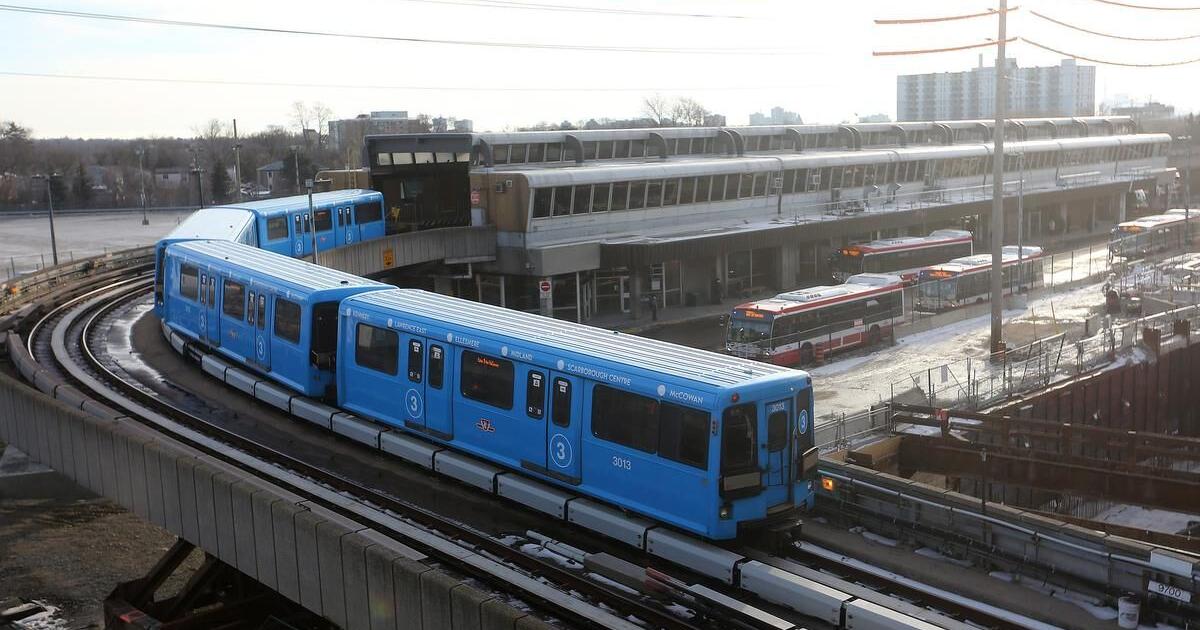How exactly would you make it "amazing" - give it a permanent green and block the cross streets with a permanent red?
Even if there wasn't a single car anywhere near Spadina, you would need a) enough time for the King, Queen, Dundas, College streetcars, and the Harbord bus to cross, and b) enough time for the massive amount of pedestrians to cross. Pedestrians cross at all of the above major streets, and at numerous smaller cross streets such as Adelaide, Nassau, Sullivan.
The street design of Spadina (frequent cross streets) and the abundance of pedetrians basically preclude fast transit operation.
Btw I am not against the Spadina streetcar, I think the distance it travels is so short that its speed is good enough.





